A bath brush can cleanse the skin more efficiently and thoroughly than simply using your hands. The friction between the bristles and the skin effectively removes dirt, excess oil, dead skin cells, and keratin from the skin's surface, while also promoting blood circulation.
Content
1. The Effects of Bath Brushes on Skin Cleansing
Deep Cleansing: Compared to hand washing, the bristles of a bath brush penetrate deep into the skin's texture and pores, more effectively removing daily accumulated dirt, sweat, and excess oil, reducing the risk of clogged pores and acne.
Removing Dead Skin: The mechanical friction of the bristles helps remove dead skin cells and keratin from the skin's surface, leaving it smoother and more refined, and improving roughness and dullness.
Boosting Blood Circulation: The massaging action of a bath brush stimulates blood vessels beneath the skin, promoting blood circulation, enhancing skin metabolism, and aiding in detoxification.
Enhancing the Effectiveness of Cleansing Products: Using a bath brush with shower gel or soap creates a richer lather, allowing the cleansing ingredients to work more effectively and improving cleaning efficiency.
2. Precautions for Using a Bath Brush
Choose the Right Bristle Type
Soft bristles: Suitable for sensitive, dry skin, and children. Avoid excessive friction that could damage the skin barrier.
Medium-firm bristles: Suitable for daily cleansing of normal or oily skin. However, be mindful of the pressure applied.
Control frequency of use: Oily skin can use it 2-3 times per week. Dry or sensitive skin is recommended to use it once a week or once every two weeks. Excessive use may damage the skin barrier, leading to dryness and redness.
Careful cleaning technique: Gently brush along the skin's texture. Avoid repeated, forceful rubbing, especially on delicate skin areas like the neck, décolletage, and inner thighs.
Clean and dry your bath brush promptly: After each use, rinse the bristles thoroughly with clean water to remove residual bath products and skin flakes. Hang the brush in a well-ventilated, dry place to prevent bacterial growth.
3. People who are not suitable for using a bath brush
People with wounds or inflammation on the skin: If the skin is damaged, eczema, allergies, sunburn, etc., using a bath brush may increase the risk of skin irritation and infection.
People with skin diseases: such as psoriasis, ichthyosis, etc., need to choose a cleaning method under the guidance of a doctor to avoid using a bath brush to irritate the skin.
4. Cleaning of wooden bath brushes
(1) Clean and dry immediately after use
Rinse thoroughly: After each use, rinse the bristles thoroughly with running water to rinse off residual shower gel, soap and dandruff. Make sure there is no detergent residue to avoid damaging the wood or causing odor.
Shake off moisture: Gently shake the brush to shake off excess moisture on the bristles and brush handle.
Keep dry: Hang the wooden bath brush in a well-ventilated, dry place away from direct shower steam. Avoid placing it flat on a wet countertop to prevent water accumulation at the bottom and cause the wood to mold or rot. You can use a special hook or shelf.
(2) Regular deep cleaning and maintenance
Cleaning the bristles:
Gentle cleaning: Every 2-4 weeks (or depending on the frequency of use and environment), you can gently scrub the bristles with mild soapy water or diluted white vinegar water to remove deep dirt and bacteria.
Through rinsing: Rinse thoroughly with clean water to ensure that there is no soap residue.
Natural drying: After shaking dry again, hang it upside down or hang it in a ventilated place to dry thoroughly.
Maintaining the wooden handle:
Avoid exposure to sunlight and extreme temperatures: Do not place wooden bath brushes in direct sunlight or near radiators, as this will cause the wood to crack or deform.
Apply protective oil (optional but recommended): For good quality solid wood handles, you can use a clean cloth to dip a small amount of food-grade mineral oil, beeswax or special wood maintenance oil every few months when the handle is completely dry. Gently wipe the surface of the handle, then wipe off the excess oil with a clean cloth. This helps moisturize the wood, prevent it from drying and cracking, and increase its water resistance. Be careful not to apply oil to the bristles.
(3) Precautions and timely replacement
Observe mold and odor: If you find mold on the handle or bristles, or there is a difficult-to-remove odor that cannot be improved even after cleaning, it is recommended to replace the bath brush with a new one. Mold is harmful to the skin.
Check the condition of the bristles: If the bristles are severely shed, deformed, hardened, or softened and lose their elasticity, the cleaning effect will be reduced and it may also irritate the skin. Consider replacing it.
Personal use: It is best to use a bath brush for each person to avoid cross-infection.


 En
En
 English
English Français
Français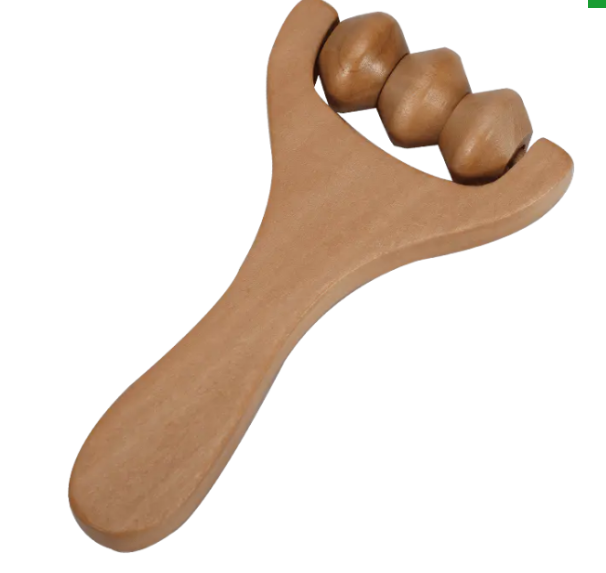
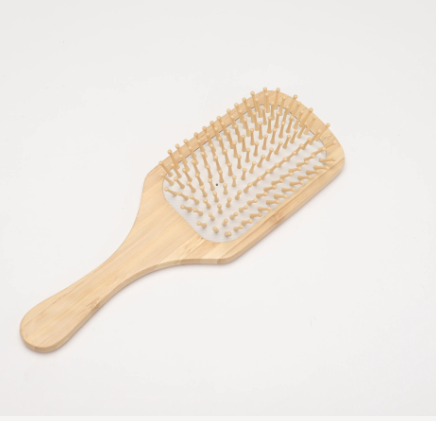
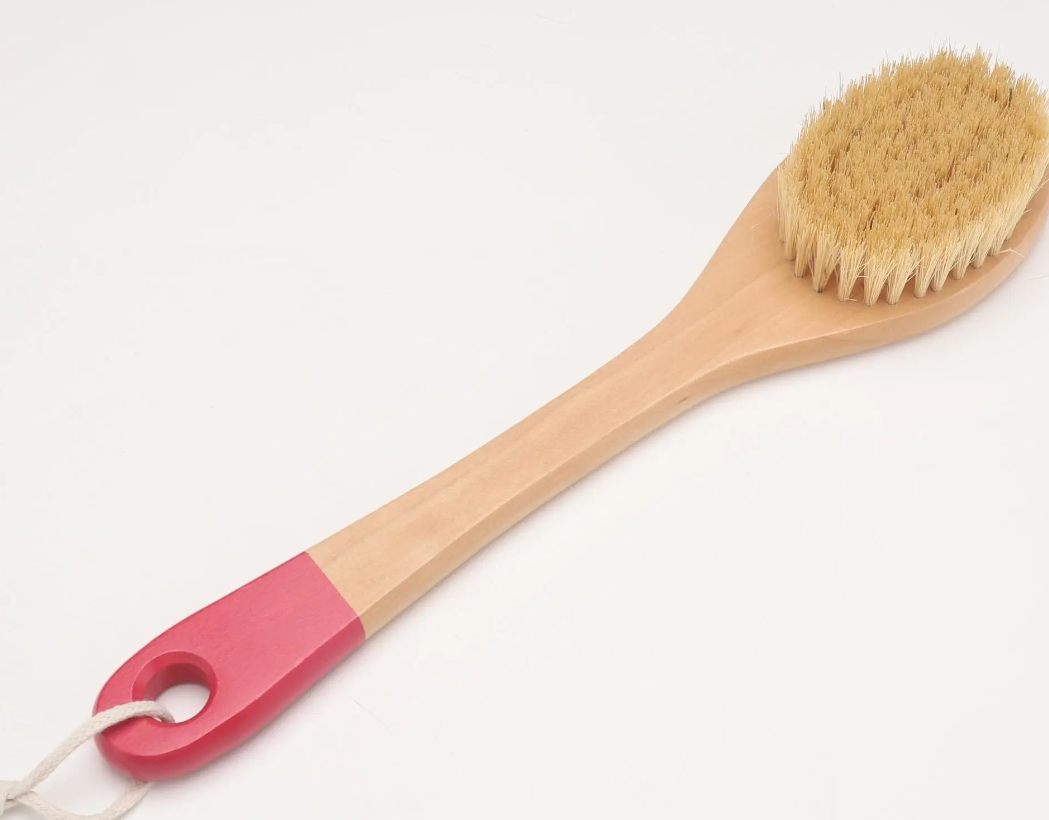
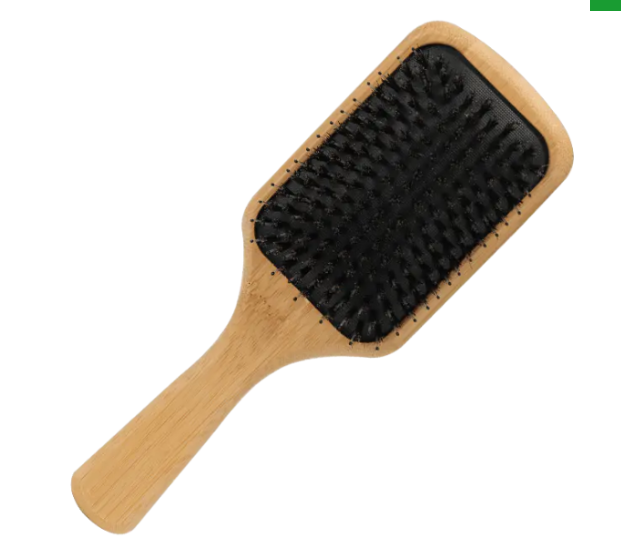
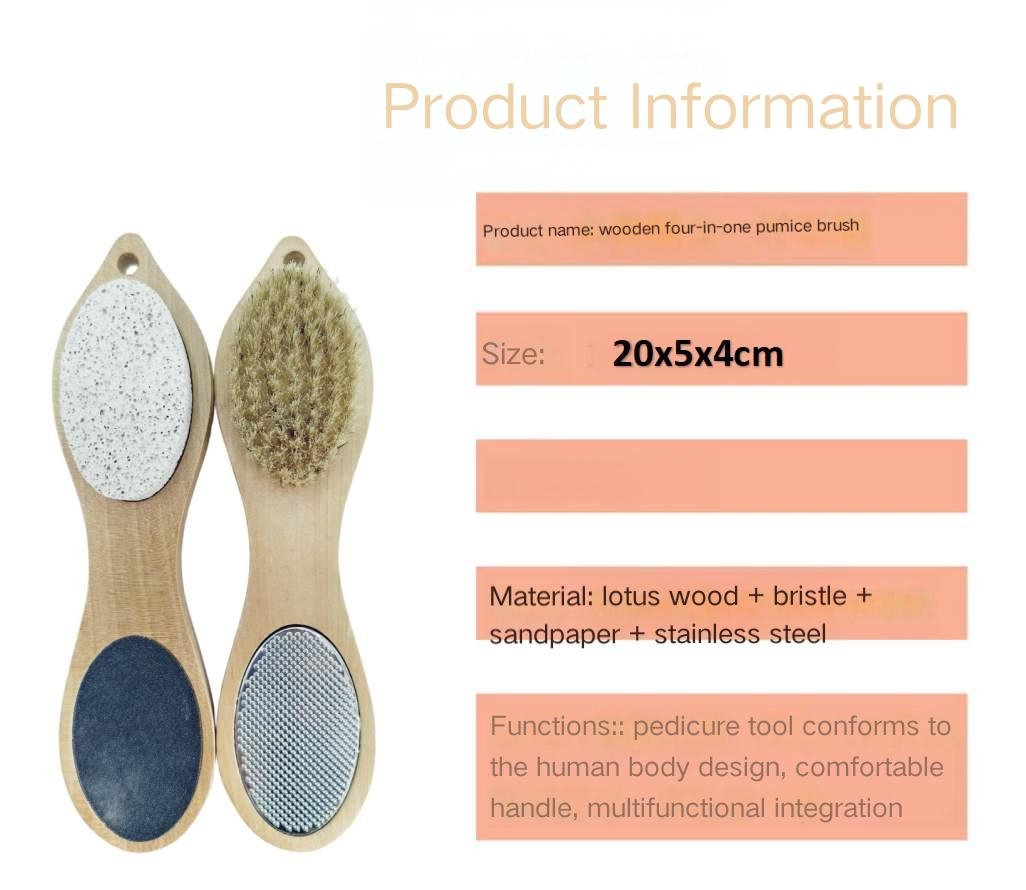
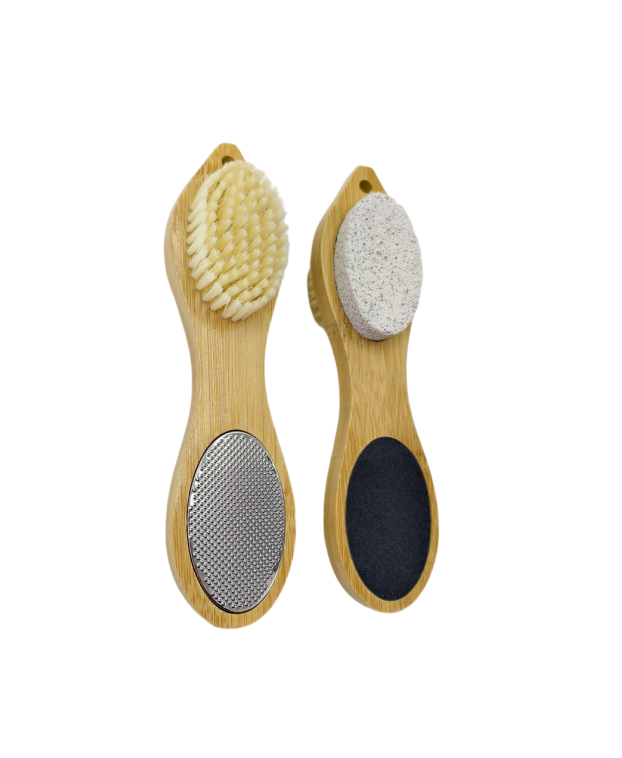

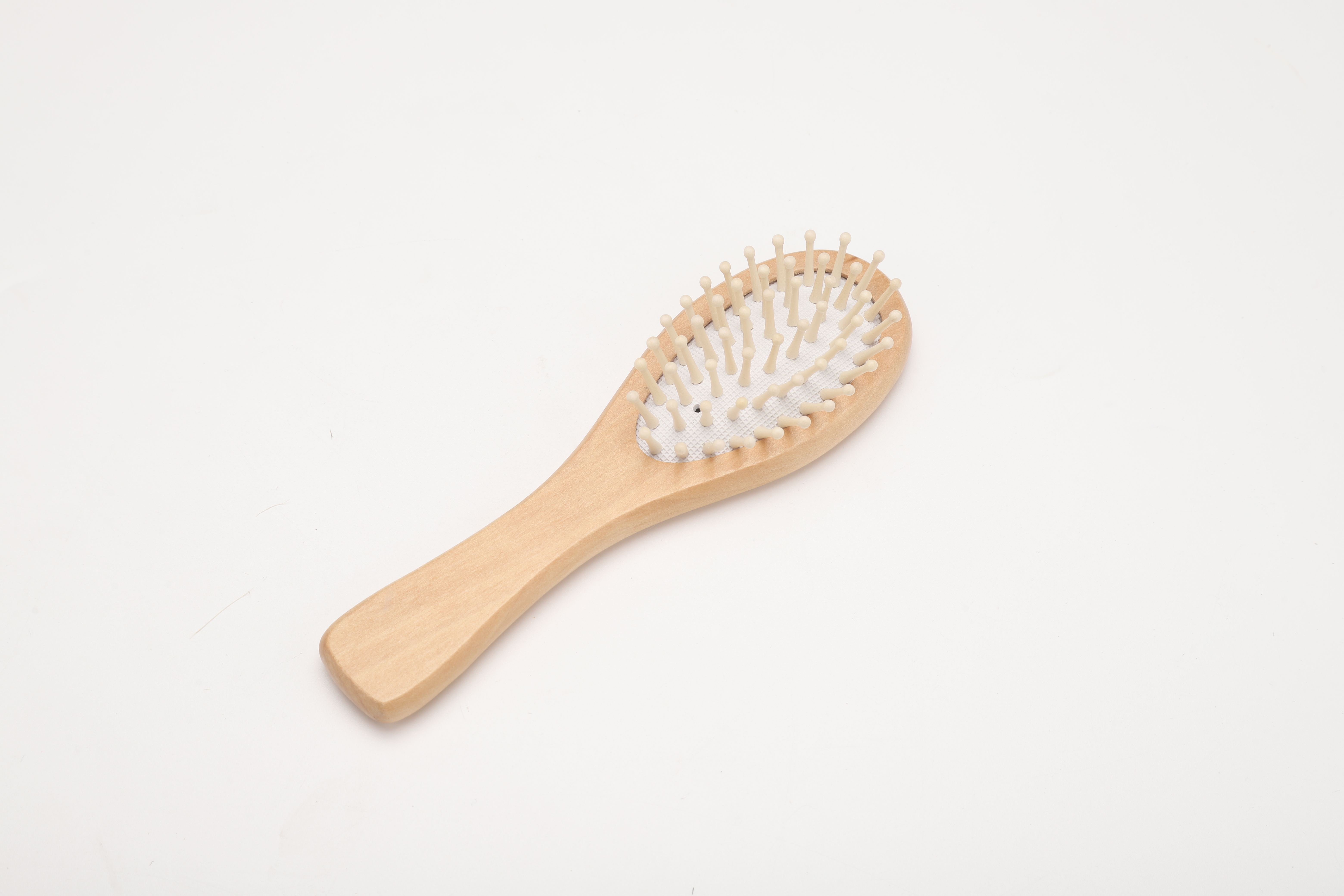
.png)
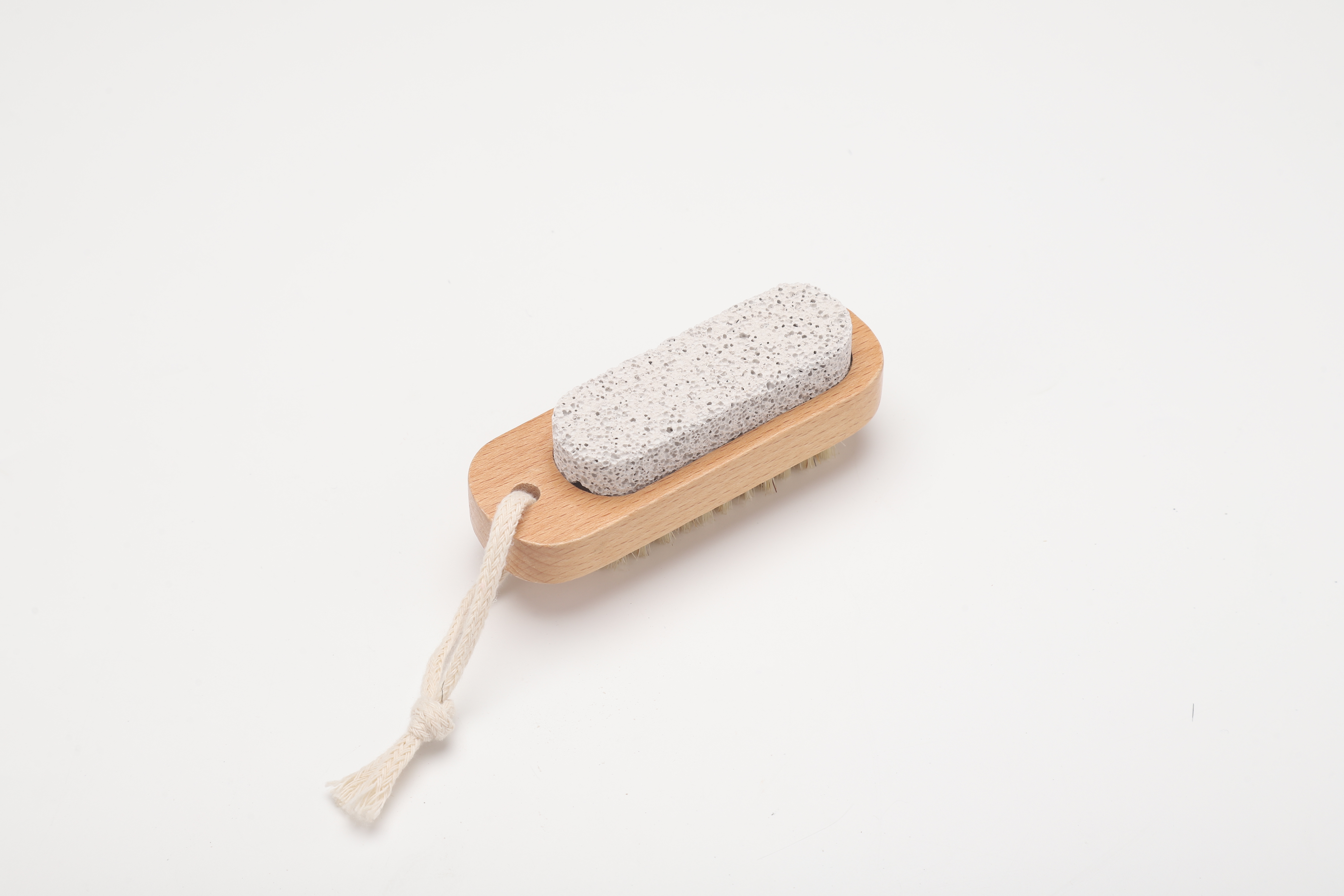
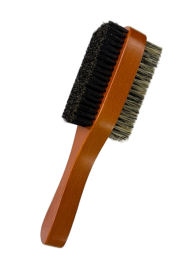
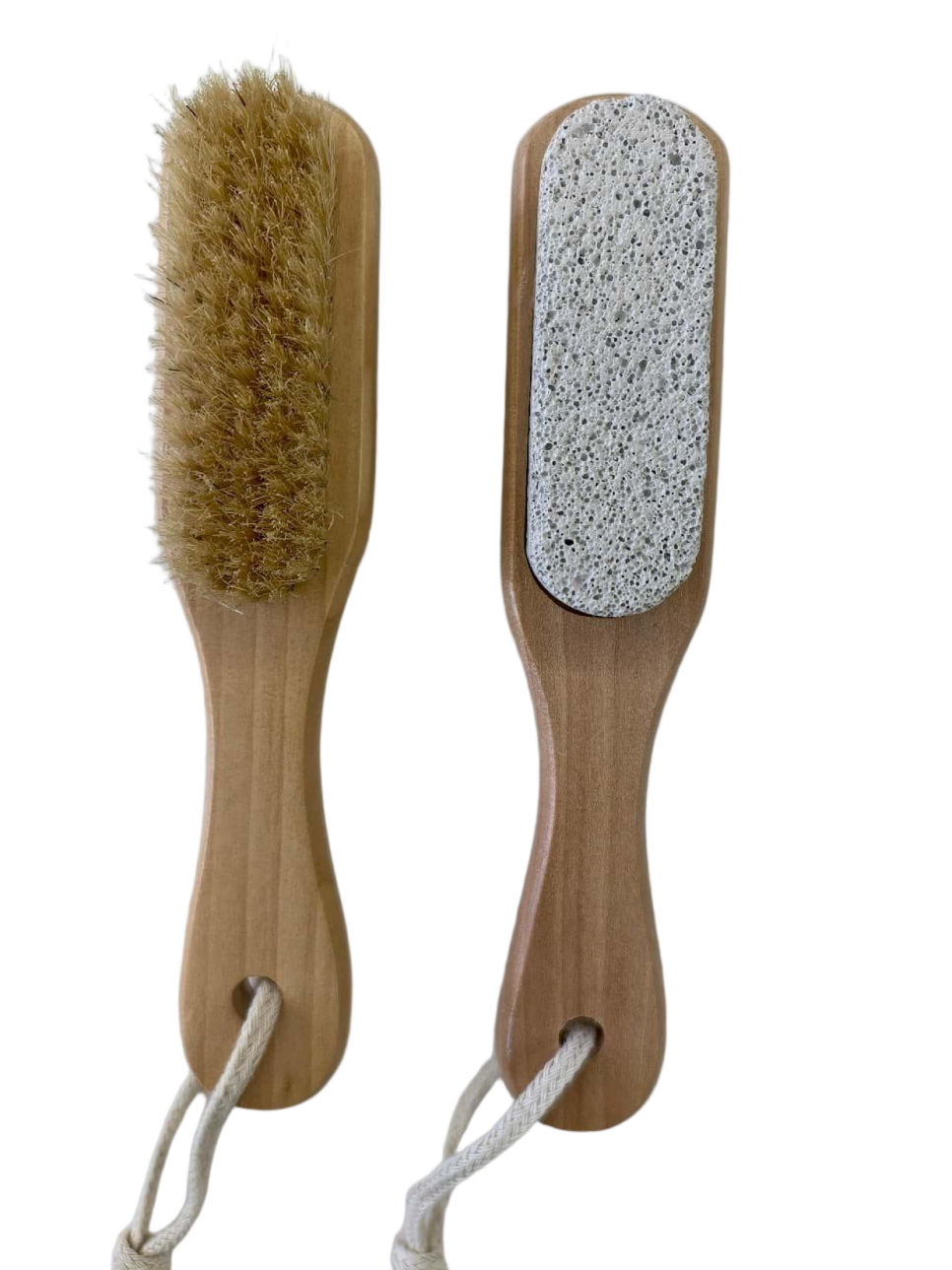
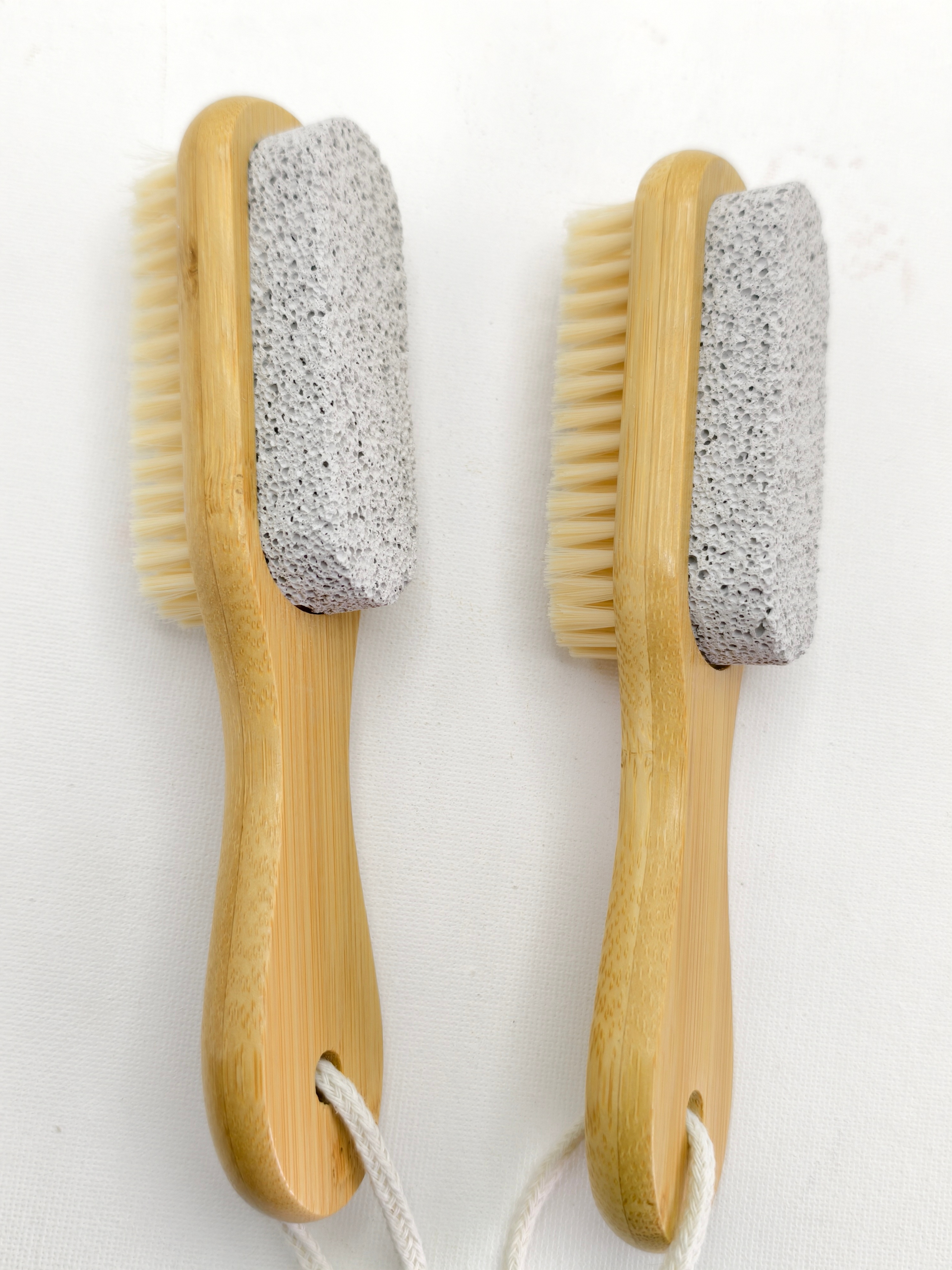
.jpg)
.jpg)





